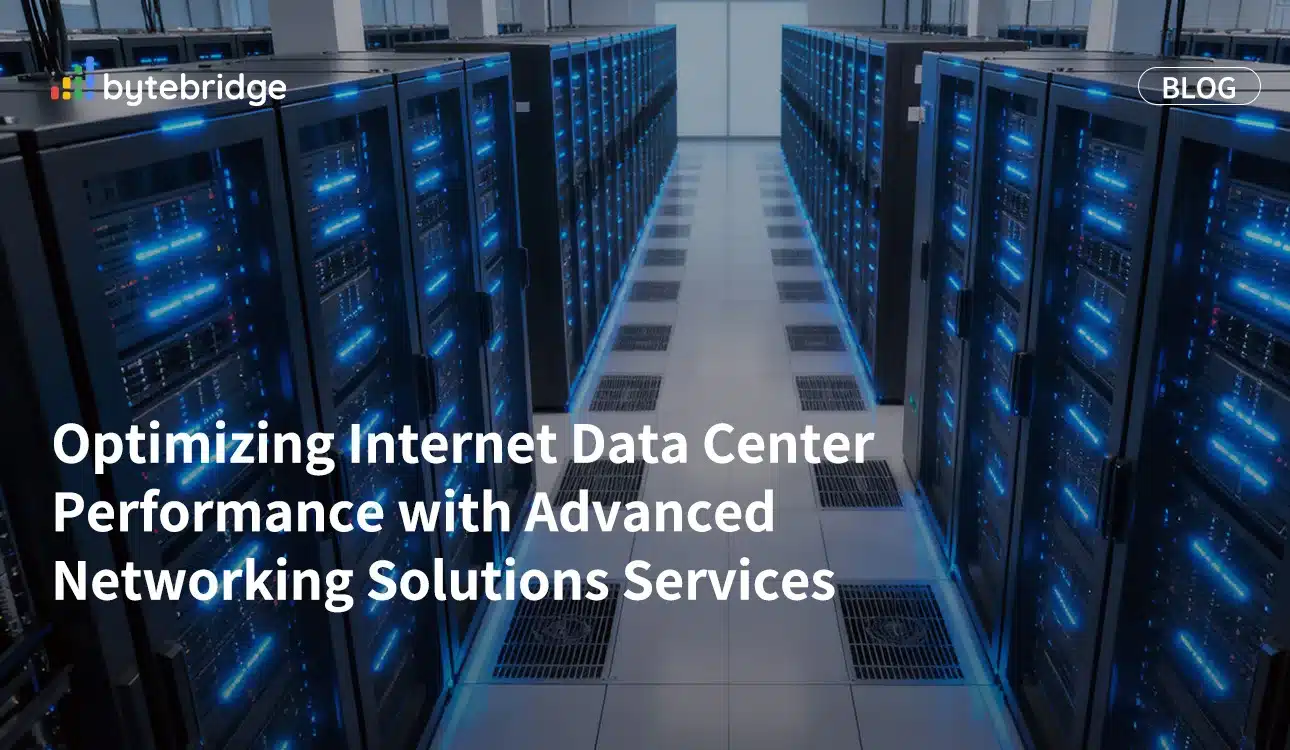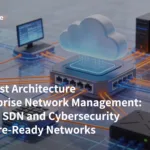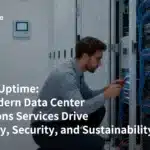Against the backdrop of today’s big data boom and global digital transformation, the Internet Data Center (IDC) has emerged as the undeniable heart of modern enterprises. However, the true lifeblood of this digital heart is its network. As applications become more distributed and latency-sensitive, simply having servers and switches is no longer sufficient. The key to unlocking an IDC’s full potential lies in deploying sophisticated networking solutions services that deliver performance, security, and agility.
The Core Challenges of Modern IDC Networking
Today’s IDCs face unprecedented demands that legacy network architectures cannot meet. The first challenge is performance and latency. Real-time analytics, high-frequency trading, and immersive user experiences require consistent, ultra-low-latency connectivity. Second is scalability and agility. Businesses operating in hybrid or multi-cloud environments need networks that can scale elastically and provision new services in minutes, not months. Third, security threats have evolved, requiring more than just a perimeter firewall. Compliance mandates and the risk of internal threats demand a more granular security posture. Finally, the sheer operational complexity of managing heterogeneous, large-scale environments leads to high costs and a significant risk of human error.
Key Components of Modern Networking Solutions Services
To overcome these hurdles, enterprises are turning to a suite of advanced networking solutions services that transform the network from a static utility into a dynamic, intelligent asset.
- Software-Defined Networking (SDN) and Automation: SDN decouples the network control and forwarding planes, enabling centralized management and programmability. This allows for automated provisioning, policy enforcement, and traffic engineering. When a new application needs to be deployed, the network can be configured automatically, drastically reducing deployment times and eliminating configuration drift.
- Data Center Fabric (Spine-Leaf Architecture): Modern networking solutions services often implement a spine-leaf fabric to replace outdated, hierarchical designs. This architecture provides predictable, low-latency, any-to-any connectivity between devices, eliminating bottlenecks and forming a high-bandwidth backbone ideal for east-west traffic.
- Integrated Security Services: Security is no longer an afterthought. Advanced services embed it directly into the network fabric. This includes micro-segmentation, which creates isolated zones to contain breaches, next-generation firewalls, and DDoS mitigation, all aligned with a Zero-Trust model that assumes no user or device is inherently trustworthy.
- Cloud and Hybrid Integration: Professional networking solutions services specialize in seamlessly extending the IDC to public clouds like AWS, Azure, and Google Cloud through dedicated, high-speed connections (e.g., AWS Direct Connect). This ensures secure, reliable, and performant hybrid cloud operations.
- Intelligent Monitoring and Analytics: Leveraging telemetry and AIOps, modern services provide deep visibility into network performance. They can predict potential failures, perform root cause analysis, and optimize traffic flows proactively, shifting operations from reactive firefighting to proactive management.
The Path Forward: A Strategic Imperative
Implementing these solutions follows a clear path: assess the current architecture, design a future-proof blueprint, implement with precision, and manage for continuous optimization. For instance, a global e-commerce company recently leveraged these services to reduce its service deployment time from weeks to hours while cutting network-related outages by over 70%.
In conclusion, the network within an Internet Data Center is a strategic asset, not a cost center. Investing in comprehensive networking solutions services is no longer optional but a fundamental requirement for achieving business resilience, driving innovation, and maintaining a competitive edge. To thrive in the digital economy, leaders must view their data center network as the critical enabler it truly is and partner with experts to build a faster, smarter, and more secure foundation for the future.






